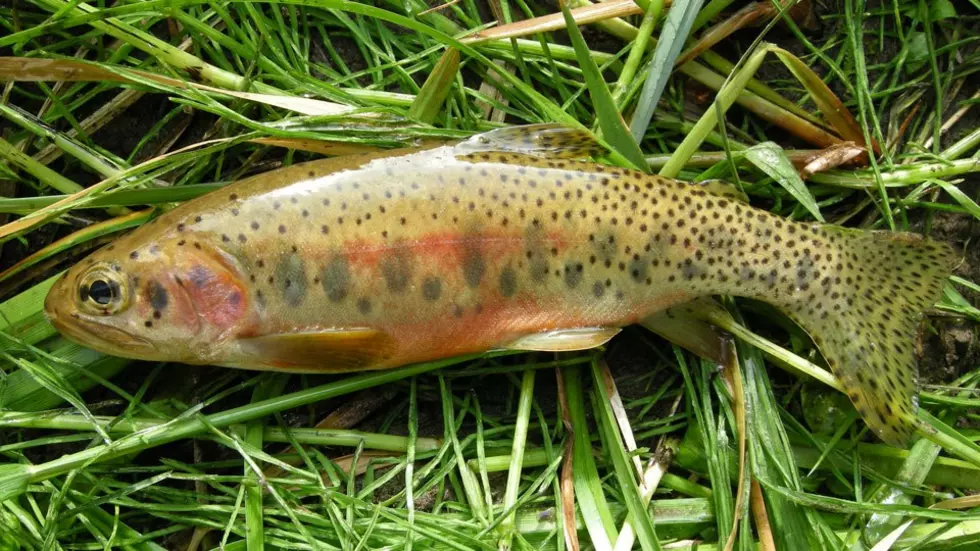
UM Public Land Law Conference: Canada falls behind U.S. in protecting at-risk species
(CN) When it comes to protecting wildlife species north of our border, Canada is light years behind the United States, lawyers and biologists said at a conference Friday at the University of Montana.
While the United States has the Endangered Species Act to protect vulnerable wildlife species, Canada operates under SARA — the country’s “Species at Risk Act.” In the United States the ESA allows lawyers and biologists to work together to protect wildlife, but in Canada, it’s the wild, Wild West, especially for helping to protect diminishing populations of cutthroat trout, Shaun Fluker, law professor at the University of Calgary, said.
Fluker spoke at the 38th annual Public Land Law Conference at the University of Montana in Missoula Friday. The conference was presented in partnership with the University of Calgary Faculty of Law. The conference focused on wildlife and ecosystems that share borders with the two countries, as well as First Nations and Native American approaches to conservation across the borders.
The evidence on the ground and in the streams shows a clear case why cutthroat trout should be protected in Canada but yet it hasn’t occurred, Fluker said.
“Nothing much happens,” he said. “We’re already at the spot where the species is unable to withstand additional” events, such as floods, that could wipe them out completely in Alberta. “What are we going to do on the land to bring to bring them back?” Fluker said. “There are no plans in place. The act is an absolute failure.”
Jon Drake, an attorney for the National Oceanic and Atmospheric Administration, said the Endangered Species Act has prevented the extinction of 99 percent of species listed under its protections in the United States.
According to the Center for Biological Diversity, the Endangered Species Act protects more than 1,600 plant and animal species in the U.S. and since 1973, when the ESA was enacted, 227 species have been saved from extinction.
Westslope cutthroat trout are considered a "species of special concern" by the U.S. Fish and Wildlife Service. In Montana, which borders Alberta and British Columbia, efforts to save the fish are paying off. But in Canada, oil and gas exploration are thriving, causing toxic levels of selenium to reach across the border into Montana via the Kootenai River, the EPA reported last week.
Fluker said Canada’s SARA is meant to protect wildlife, but it’s “entirely political or discretionary” what kind of work gets done to actually do that.
“That tells you how ineffective legislation is on the ground,” Fluker said. Land managers are “happy to stall” efforts to conserve species “and they’ll do that forever until someone decides to litigate.
“Science is subverted by other interests,” he said.
Fluker said Canada dragging its feet on species protection may have something to do with the way Canadians view their government.
“Canada lacks that groundswell of public pressure,” Fluker said. “In Canada there is an inherent trust” in government, and Canadians believe that public officials generally will administer public lands for the benefit of all people.
“That erects significant barriers to enact protections,” Fluker said. “It’s embedded in our sense of government.”
While the U.S. in the 1960s was beginning to address environmental protection, Alastair Lucas, a professor of law at the University of Calgary, said Canada “was all about generating electricity … and that was it.”
